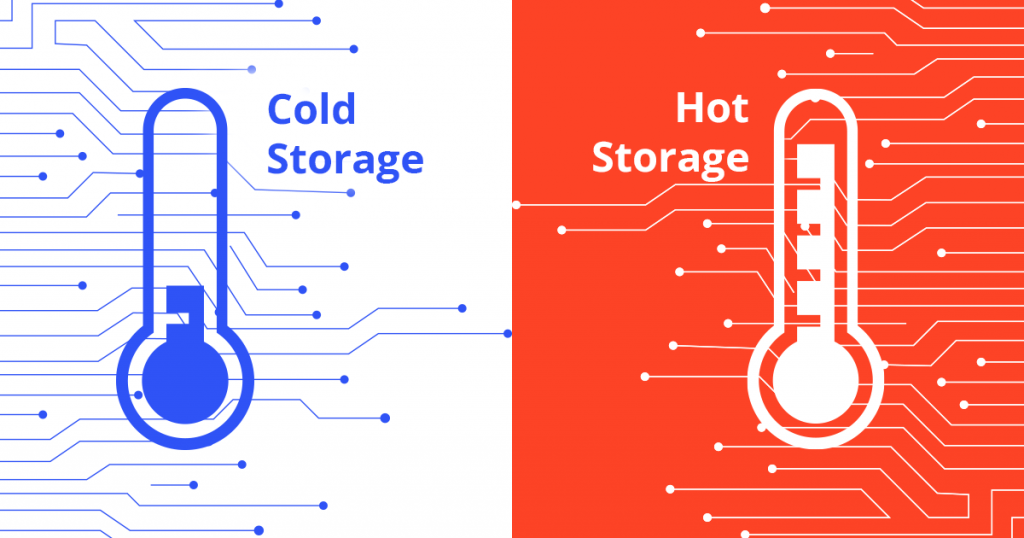In the digital era, the concept of data storage is pivotal for businesses and individuals alike, with cold and hot data storage representing the two ends of the data accessibility spectrum. Cold data storage is tailored for long-term retention of data that is infrequently accessed, offering cost-effectiveness at the expense of slower retrieval times. In contrast, hot data storage is designed for data that is in active use, requiring rapid access and higher performance, but often at a higher cost.
What is Hot Data Storage
Hot storage is a data storage system for frequent access and immediate availability. It is commonly used for data actively being used or updated, such as database records, current transactional information, or files that users continually access. Hot storage systems prioritize speed and connectivity, often utilizing high-performance hardware with faster I/O rates and lower latency.
These systems are optimized for quick data retrieval and real-time data processing, making them essential for applications requiring instantaneous data access.
Another defining characteristic of hot storage is that it often operates in environments where uptime is critical, such as financial services or online retail platforms. The data stored in hot storage is generally replicated or backed up in real time to prevent data loss and ensure business continuity.
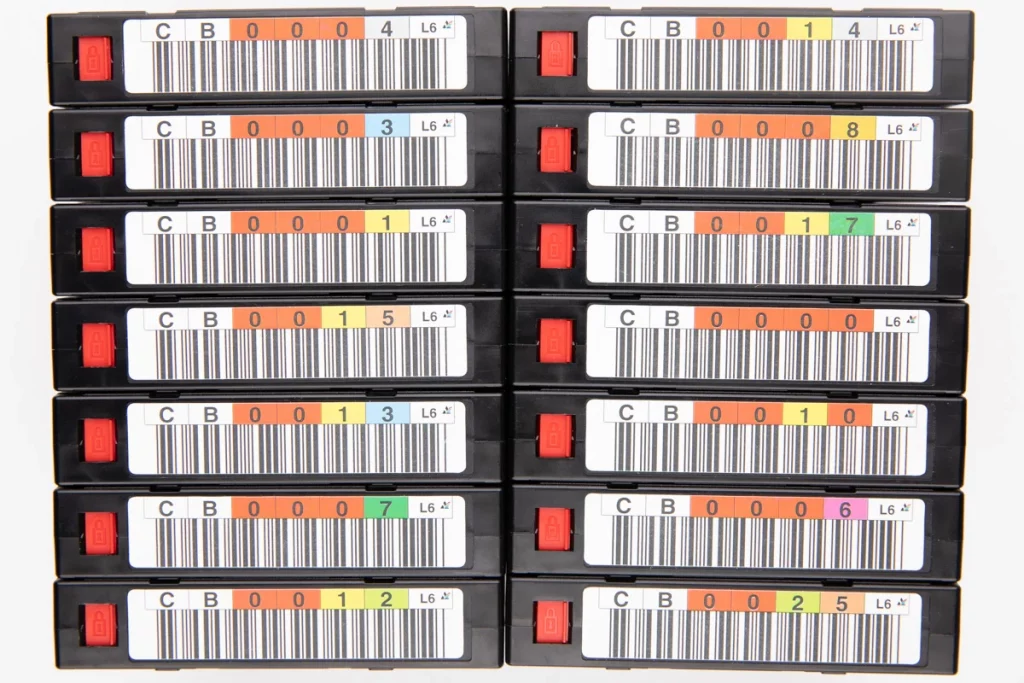
For this reason, hot storage costs tend to be higher than other storage options, such as cold storage, due to the need for more robust infrastructure and continuous operation. Nevertheless, for enterprises that depend on immediate data access to function effectively, the advantages of hot storage outweigh the higher investment.
Hot Data Storage Examples
Hot data storage is vital in various industries requiring high-speed data access. In e-commerce, it’s crucial for transaction systems to ensure instant data retrieval for real-time order processing. Similarly, online streaming services rely on hot storage for seamless media access. Hot storage is critical for high-frequency trading in finance, enabling quick market data access. Cloud storage services use hot storage for rapid file access. Hot data storage ensures swift, reliable data access for real-time processes in healthcare, finance, and multimedia delivery.
Benefits of Hot Data Storage
Hot data storage offers numerous benefits, enhancing business efficiency and responsiveness. Fast access times enable real-time analytics for quick decision-making, which is crucial in fields like e-commerce. Moreover, its reliability is vital in mission-critical applications, preventing significant financial loss or negative customer experiences due to downtime.
Real-time data replication also aids in disaster recovery, ensuring operations can quickly resume with minimal data loss. Despite higher costs, the performance and dependability of hot data storage are crucial for staying competitive in fast-paced business environments.
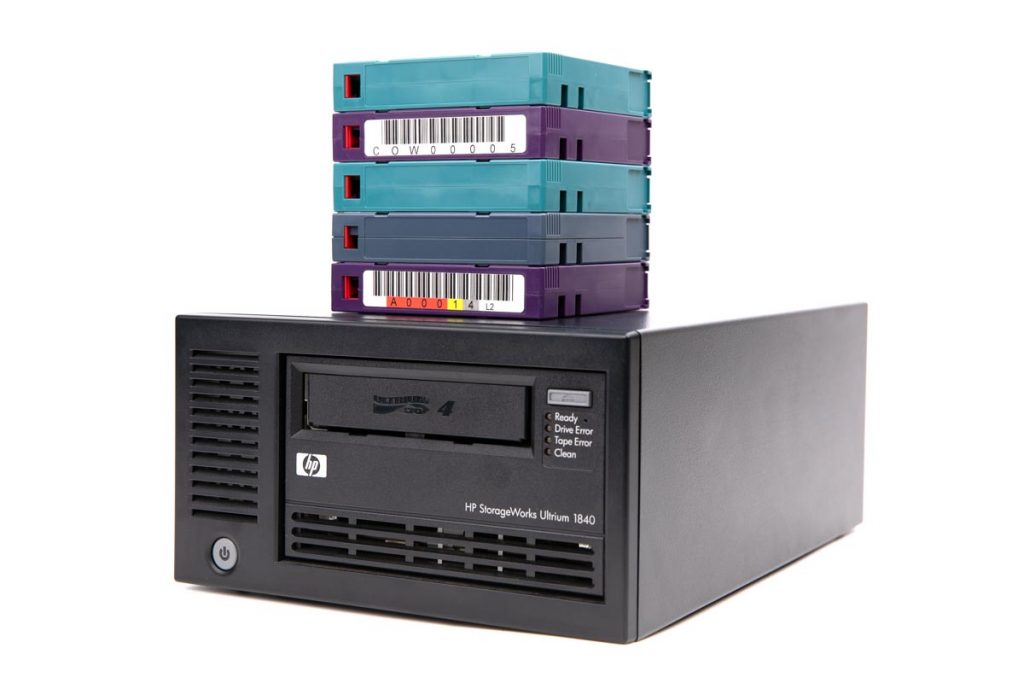
- E-commerce: For real-time transaction processing and customer behaviour analysis.
- Online Streaming Services: To ensure seamless media access and playback.
- Financial Trading: For high-frequency trading platforms requiring quick market data access.
- Cloud Storage Services: To enable rapid access to frequently interacted files.
- Healthcare: For real-time medical data processing and patient monitoring
Hot data refers to frequently accessed or actively used data, and its storage is designed for speed and accessibility. This type of storage is often used for critical applications and real-time analytics, where the ability to retrieve data quickly can make all the difference.
What is Cold Data Storage
Cold storage refers to the storage of data that is not frequently accessed or needed in real-time and is designed to be highly cost-effective for storing large quantities of data over the long term. This type of storage is optimal for rarely retrieved data, such as archival documents, old project files, and backup copies of important datasets. The key features of cold storage solutions are lower storage costs and higher latency compared to hot storage.
Due to its infrequent access requirements, cold storage mediums, such as magnetic tape drives or inexpensive hard disk drives (HDDs), are designed to consume less energy and thus incur lower maintenance costs.
Another aspect of cold storage is its use in data retention and compliance with industry regulations. Numerous sectors, including finance, healthcare, and legal, necessitate securely retaining records for prolonged durations, often spanning several years.
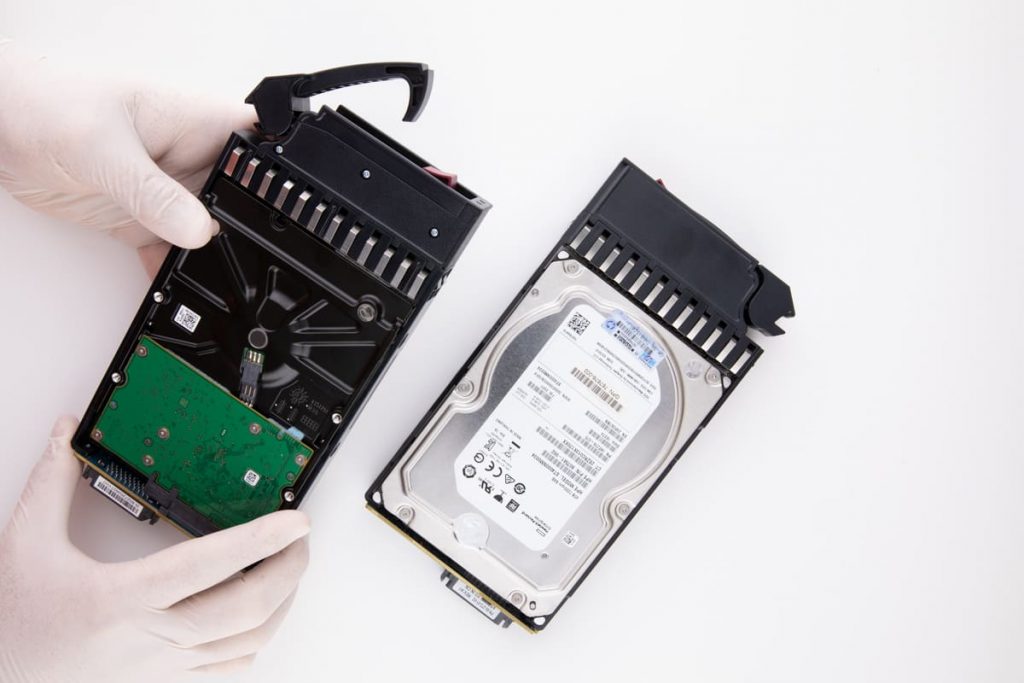
Cold storage solutions enable organizations to store these massive amounts of data cost-efficiently while ensuring they remain unaltered and accessible when necessary, albeit not instantly. This balance of accessibility and affordability makes cold storage an essential component of a comprehensive data management strategy, complementing the hot storage systems used for more immediate data needs.
Cold Data Storage Examples
Examples of cold data storage can be found in industries that produce vast amounts of data, which may not be needed daily but must be preserved for the long term. One prime example is the media and entertainment industry, where original digital footage, old movie archives, and production assets must be secured for future use or remastering.
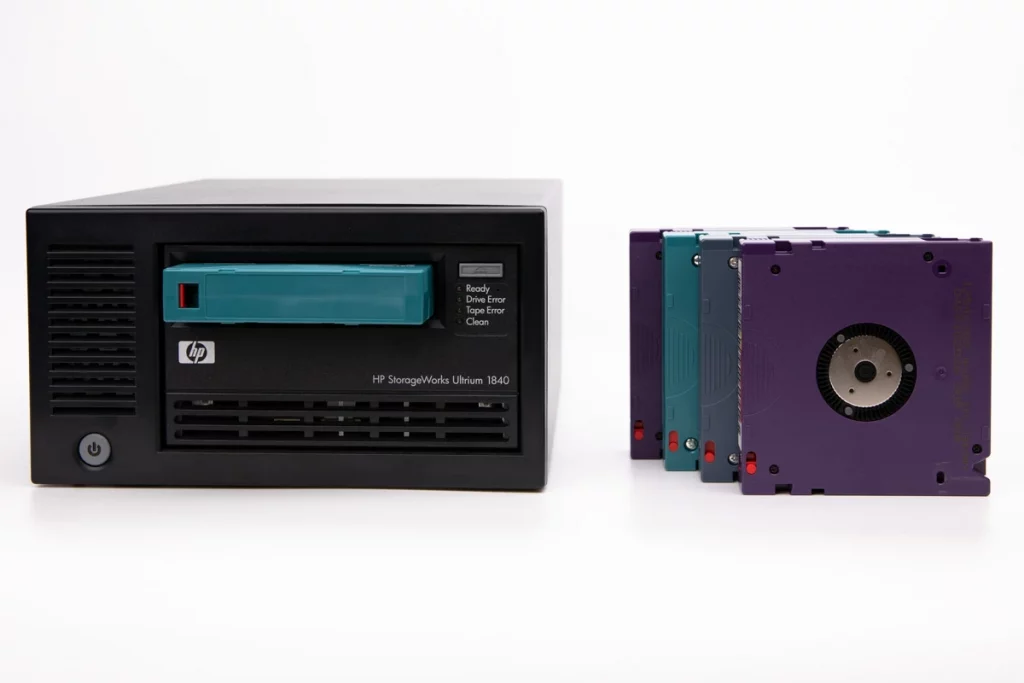
Studios and broadcasting companies use cold storage to keep extensive libraries of raw and edited content accessed infrequently, ensuring that the assets are preserved without incurring the high cost of hot storage solutions.
Another illustrative example of cold data storage usage is in scientific research and space exploration. Agencies like NASA accumulate petabytes of data from space missions, earth observations, and deep-space probes.
Most of this data is rarely accessed but needs to be stored indefinitely for future analysis by researchers and historians. Thus, cold storage becomes the ideal solution for safeguarding such information due to its durability and cost-effectiveness, allowing vast amounts of historical and scientific data to exist in an accessible yet economically sensible state.
Benefits of Cold Data Storage
The benefits of cold data storage extend beyond mere cost savings; they encompass improved data management and risk mitigation. Organizations can optimize performance and allocate resources more efficiently by offloading infrequently accessed data from more expensive, hot storage. Additionally, the long-term preservation abilities of cold storage ensure compliance with regulatory standards, offering secure archiving for sensitive information.
- Media and Entertainment: Archiving digital footage and production assets.
- Scientific Research: Storing space mission data and earth observations.
- Financial Sector: Archiving historical financial records.
- Healthcare: Retaining medical records and imaging studies.
- Legal Industry: Archiving legal documents and contracts.
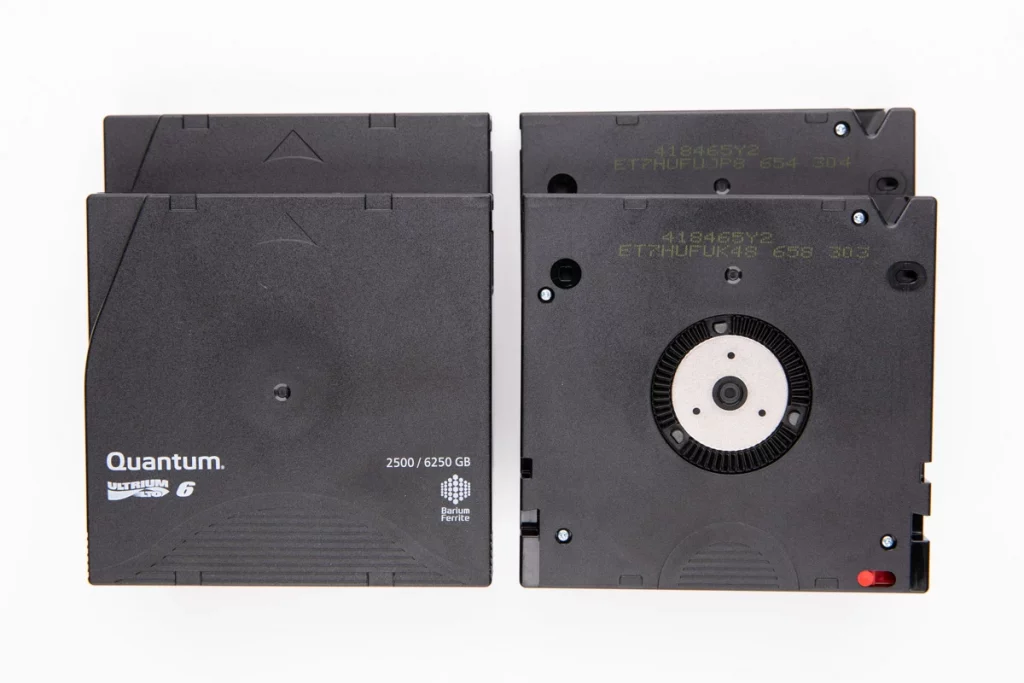
This data preservation strategy not only decreases operational costs but also forms a vital part of disaster recovery plans, as it keeps historical data intact and retrievable for when the unexpected occurs, providing a safety net that contributes to the resilience and continuity of business operations.
Hot vs Cold Storage
The fundamental difference between hot and cold data storage lies in their accessibility and cost. Hot data storage is engineered for speed and rapid access, making it critical for data that requires real-time or near-real-time retrieval, such as that used in financial transactions, online services, or retail inventory systems.

This immediacy, however, comes at a higher price due to the sophisticated technology and more expensive storage media used, like SSDs, to ensure rapid data throughput and low latency.
As such, hot storage is typically scaled and optimized for performance rather than capacity, prioritizing the quick availability of data above all else. Conversely, cold data storage is all about cost-efficiency and longevity, suited for seldom accessed or modified data.
It offers a more affordable solution for long-term data retention, with higher latency acceptable due to its infrequent use. Cold storage media, such as tape drives or older HDDs, are less expensive and have lower power consumption, making them ideal for archival purposes. While cold storage is slower to retrieve data, it is much more economical, especially when dealing with massive volumes of information that might only be needed for regulatory compliance, historical reference, or long-term analysis.
Frequently Asked Questions
Can data be moved from hot to cold storage automatically?
Many systems use automated policies to transfer data from hot to cold storage based on access patterns and age. This process is commonly known as data tiering. Data tiering is a method of organizing and managing data based on its usage and importance. It involves categorizing data into different tiers, each with varying characteristics of storage and accessibility levels.
What is the primary purpose of hot data storage?
Hot data storage is designed for data that needs to be accessed quickly and frequently, which is critical for operations demanding real-time retrieval. The primary purpose of hot data storage is to store and provide quick access to frequently used data. This type of storage is typically used for active data such as real-time analytics, online transaction processing (OLTP), and other performance-intensive applications.
What kind of businesses need hot data storage?
Businesses requiring instant data access, like online retailers or financial services, benefit most from hot storage solutions. Hot data storage is typically used for frequently accessed or critical data that requires speedy retrieval and low latency. It is especially useful for businesses with high transactional volumes or real-time processing needs.
What are common examples of hot data storage?
Popular examples of hot data storage include solid-state drives (SSDs), high-performance hard disk drives (HDDs), and in-memory databases. These storage solutions are optimized for speed and low latency, making them ideal for quick access to data.
Why is cold data storage necessary for organizations?
Cold data storage offers a cost-effective solution for storing large amounts of infrequently used data, making it essential for long-term data retention and compliance with industry regulations. It allows organizations to balance accessibility and affordability in their data management strategy.

